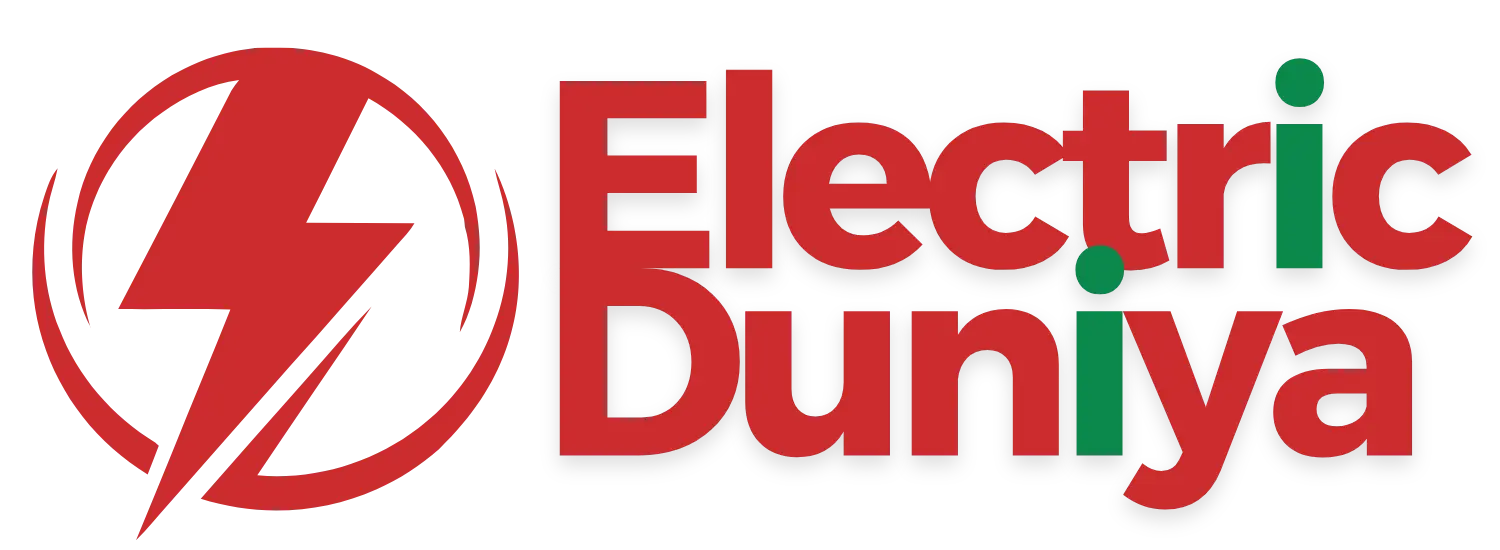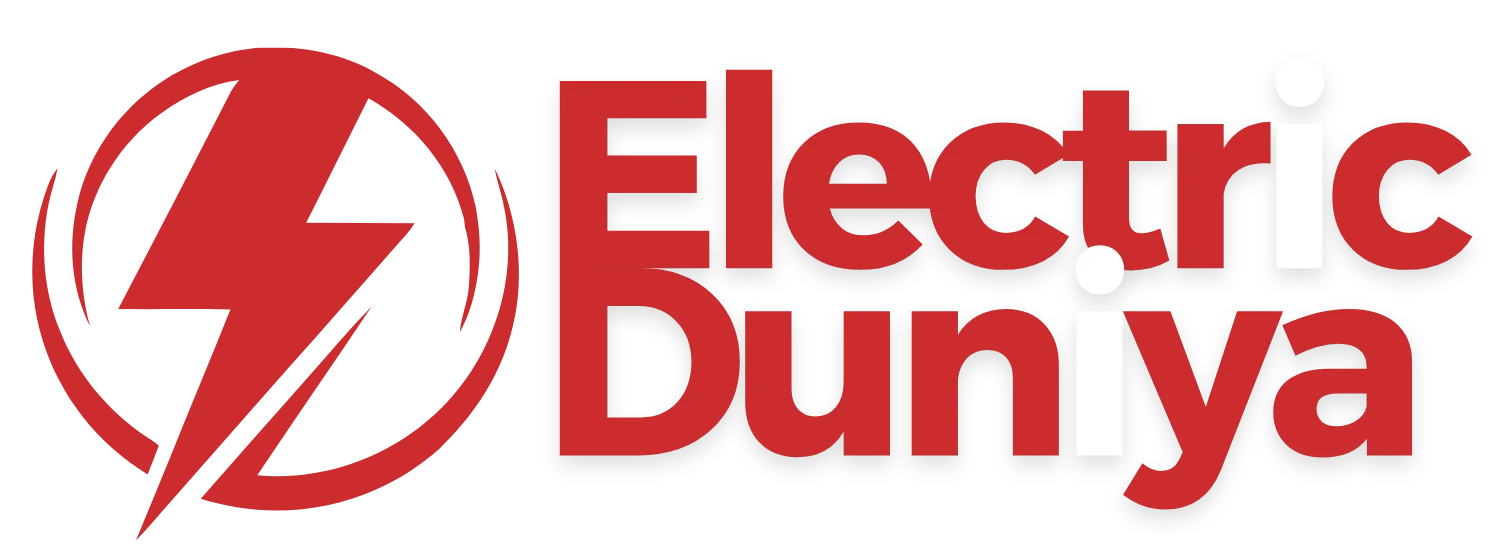Bulk Charging
Bulk charging refers to the initial and fastest phase of charging a battery, during which a high current is delivered to rapidly replenish most of the battery’s capacity. In electric vehicles (EVs), bulk charging efficiently restores charge up to about 80% of the battery’s total capacity.
Overview
Bulk charging is a critical concept in the world of electric vehicle energy management. As EV adoption accelerates, the speed and efficiency of battery recharging have become central to user satisfaction and charging infrastructure design. Bulk charging represents the first phase of a multi-stage battery charging process, typically followed by absorption and float phases in traditional battery management systems.
In EVs, especially those with lithium-ion batteries, bulk charging delivers maximum current at a constant rate until a specific voltage threshold is reached. This is where the majority of energy transfer happens—usually up to 70–80% state of charge (SoC). The aim is to minimize downtime and get drivers back on the road quickly without compromising battery longevity or thermal stability.
This phase is also where high-power DC fast chargers operate most effectively, making bulk charging synonymous with rapid energy replenishment in electric mobility.
How Does It Work?
Bulk charging in EVs relies on a constant current (CC) mechanism designed to fill the battery as efficiently as possible during the early stages of the charging cycle. Here’s how it works:
-
Maximum Current Delivery:
At the beginning of the charge cycle, the EV’s battery management system (BMS) allows a high, predefined current to flow into the battery. This current remains constant as long as the battery voltage stays below a specified limit (e.g., 4.2V per cell in many lithium-ion batteries).
-
Monitoring Temperature and Voltage:
As the battery charges, internal resistance and temperature increase. Sensors closely monitor these metrics to prevent overheating or cell damage. If critical thresholds are approached, the system may reduce current to ensure safety.
-
Voltage Threshold Point:
Once the battery voltage approaches its upper limit, the system transitions from bulk charging to the next phase—typically constant voltage or absorption—where charging slows down to avoid overcharging and maintain battery health.
This high-current strategy is optimized for speed but is carefully balanced with thermal management and longevity protocols via real-time control from the BMS and onboard charger.
Features of Bulk Charging
-
High-Speed Energy Transfer
Bulk charging delivers the fastest portion of the entire charging cycle, often recharging the battery up to 80% in under 30 minutes when using DC fast charging. This significantly reduces wait times at charging stations.
-
Smart Thermal Regulation
Due to rapid current flow, bulk charging systems are tightly integrated with active cooling mechanisms. Liquid cooling loops or fan-assisted air systems ensure that battery temperatures remain within safe operational ranges.
-
Automated Current Control
The EV’s onboard charger and BMS dynamically regulate current levels based on real-time battery parameters, including SoC, temperature, and internal resistance. This allows for optimized performance without manual intervention.
These features make bulk charging the performance enabler in EV charging, ensuring that drivers can reliably access fast, safe, and efficient top-ups during daily use or long-distance travel.
Applications in EV
In real-world electric vehicle operations, bulk charging has several high-impact applications:
-
DC Fast Charging Infrastructure:
Public charging stations using Level 3 chargers (e.g., 50 kW to 350 kW) are built around the bulk charging principle. These systems focus on replenishing the majority of a vehicle’s charge in the shortest possible time, ideal for highway corridors and urban hubs.
-
Fleet Management Efficiency:
Commercial EV fleets—like delivery vans or ride-hailing services—depend on fast turnaround times. Bulk charging allows these vehicles to be charged rapidly between shifts or during short breaks without compromising schedules.
-
Battery Swapping Stations (Supplementary Use):
Even in emerging battery-swapping models, the batteries themselves are typically bulk charged off-site to prepare them for quick deployment, ensuring readiness and energy efficiency at scale.
-
Range Extension on Long Trips:
Drivers on road trips often rely on bulk charging during pit stops, where a 20–30 minute session can add hundreds of kilometers of range—providing convenience without excessive downtime.
These examples illustrate how bulk charging supports the scalability and practicality of electric mobility in varied use cases.
Conclusion
Bulk charging is a foundational element of EV charging strategies, offering a powerful blend of speed, control, and efficiency. By delivering rapid energy replenishment in the initial phase of battery charging, it minimizes waiting time for drivers and supports the real-world viability of electric vehicles.
In the broader EV ecosystem, bulk charging empowers fast-charging infrastructure, commercial fleet productivity, and user confidence. As EV adoption surges globally, understanding and optimizing this charging phase will be central to building smarter, faster, and more sustainable transportation networks.

